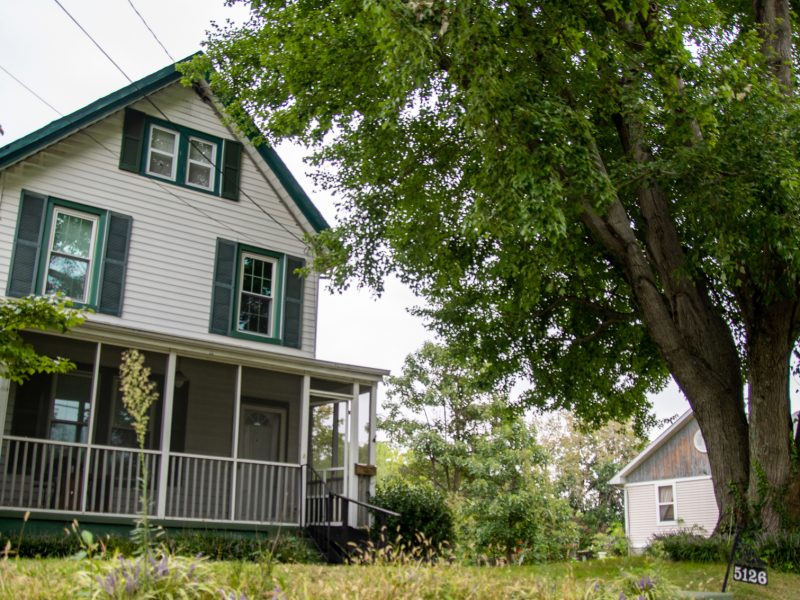The College Park City Council explored the potential to create a an informal arts district in the city or expand the existing one but ultimately opposed the moves at a March 1 work session .
The idea was introduced to the council last year by Sheri Parks, associate dean for research, interdisciplinary scholarship and programming for the University of Maryland’s arts and humanities college, Assistant City Manager Bill Gardiner said.
It spurred discussion among representatives from groups including various organizations within the Prince George’s County Gateway Arts District and the College Park Arts Exchange, who met with city officials to discuss the proposal after it was initially proposed, Gardiner said.
The Gateway Arts District is an arts-based tax credit designation and economic development district overlay zone managed by the Gateway Arts District Management Team that targets the revitalization of a 2-mile area of Route 1 and Rhode Island Avenue in Prince George’s County, just north of the Washington border.
The groups agreed at the meeting that there was interest in expanding and supporting arts and entertainment activities but not for creating a separate state-designated district or expanding the Gateway Arts District, Gardiner said.
“Other cities are … creating an identity for themselves as this ‘gateway arts area’ to really be unique and set themselves [apart],” District 2 Councilman P.J. Brennan said. “I think College Park is doing the same with its partnership with the university, but in the areas of science, technology and [with] innovation hubs.”
While the city can still support the arts, Brennan said he doesn’t want the city’s identity to be “muddied by trying to be too many things at once.”
In order to expand the district, the state would have to agree that its current size is too small, Gardiner said. But the gateway art district is the largest in the state, making it hard to justify a need to make it bigger, Gardiner said.
“It would be very, very difficult to have an expansion or a new district approved,” Gardiner said. “But there are other ways that we can work together to support the arts.”
Other council members said implementing an arts and entertainment district in College Park would also compete with those in neighboring areas such as Mount Rainier and Brentwood. Instead, the city should continue to support the arts in other ways, such as working with the University of Maryland’s Clarice Smith Performing Arts Center, District 3 Councilwoman Stephanie Stullich said.
“I feel like this is too controversial or [will] be perceived as undermining a neighboring community,” Stullich said. “We can and should continue to promote the arts and find better ways to do that.”
While the city dedicates many resources to supporting the arts, District 4 Councilwoman Mary Cook said the council should make an effort to expand its historical sector.
“I would like for us to consider … rather than having an arts district, [having] something where we can concentrate on promoting some of our museums, or perhaps have our own museum,” Cook said. “I would hope maybe we could do something more like that.”
The council agreed to move forward with creating a task force of university and city officials that would seek out large arts and entertainment grants as well as develop a collaborative plan to expand the arts throughout the city, College Park Mayor Patrick Wojahn said.
The council will continue the discussion at its meeting Tuesday night, but regardless of its decision on the task force, the arts will remain an important part of the city, Brennan said.
“Whether we do an arts district or not, the arts are really important to the success of our city moving forward,” Brennan said.
CORRECTION: Due to a reporting error, a previous version of this story stated the City Council explored the potential to create a Gateway Arts District. It considered creating an informal arts district but decided against applying for the Arts District designation. The article and headline have been updated.


